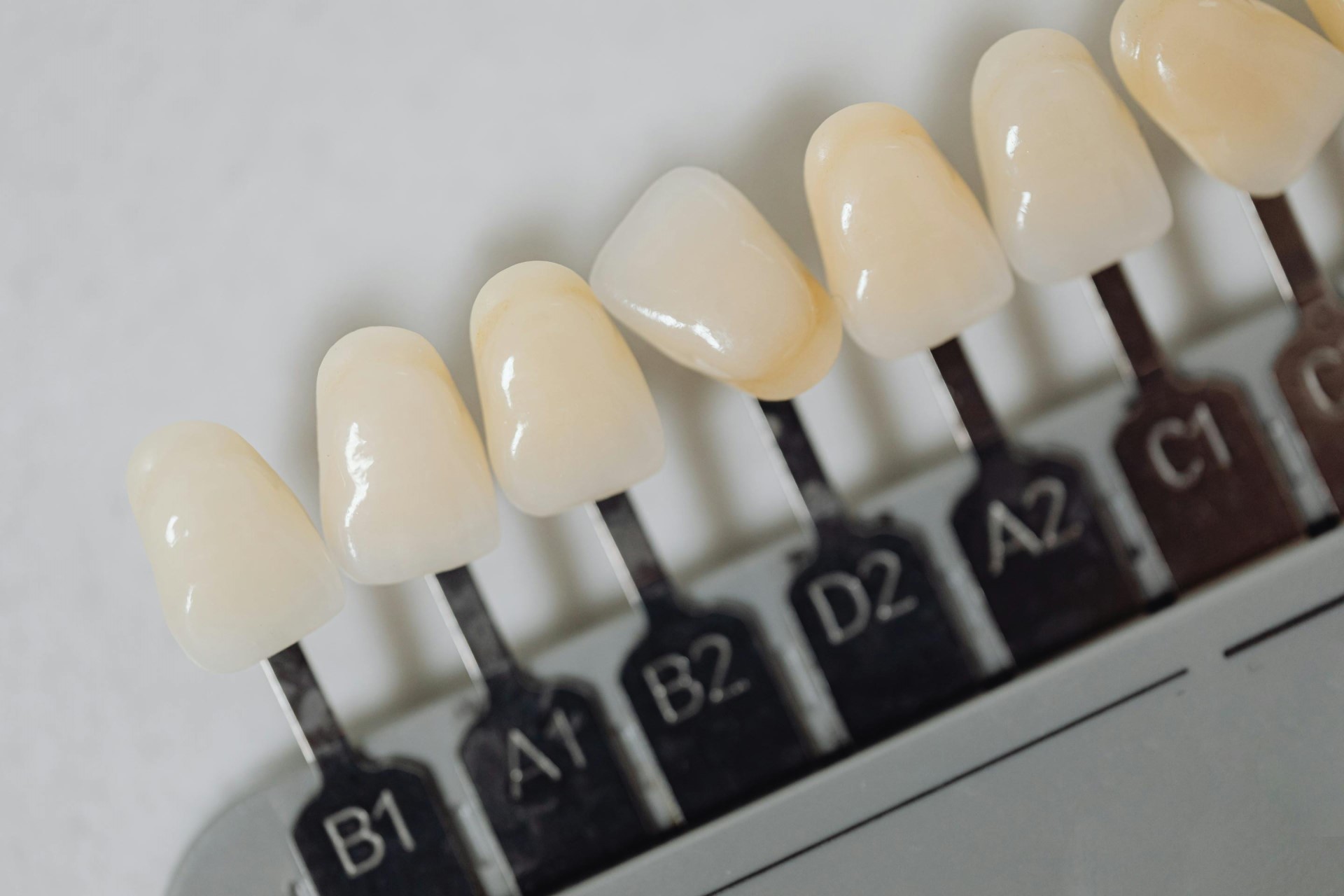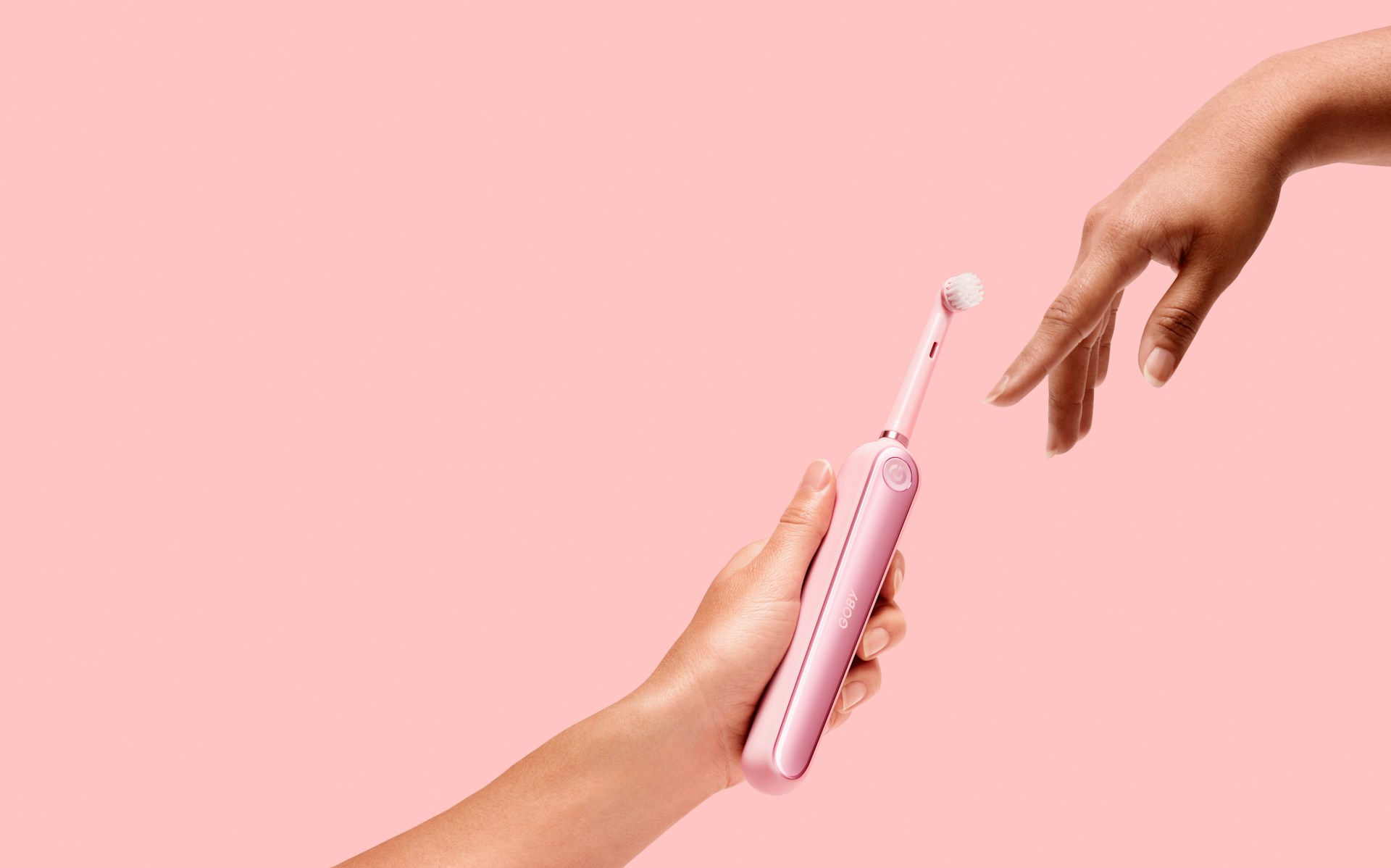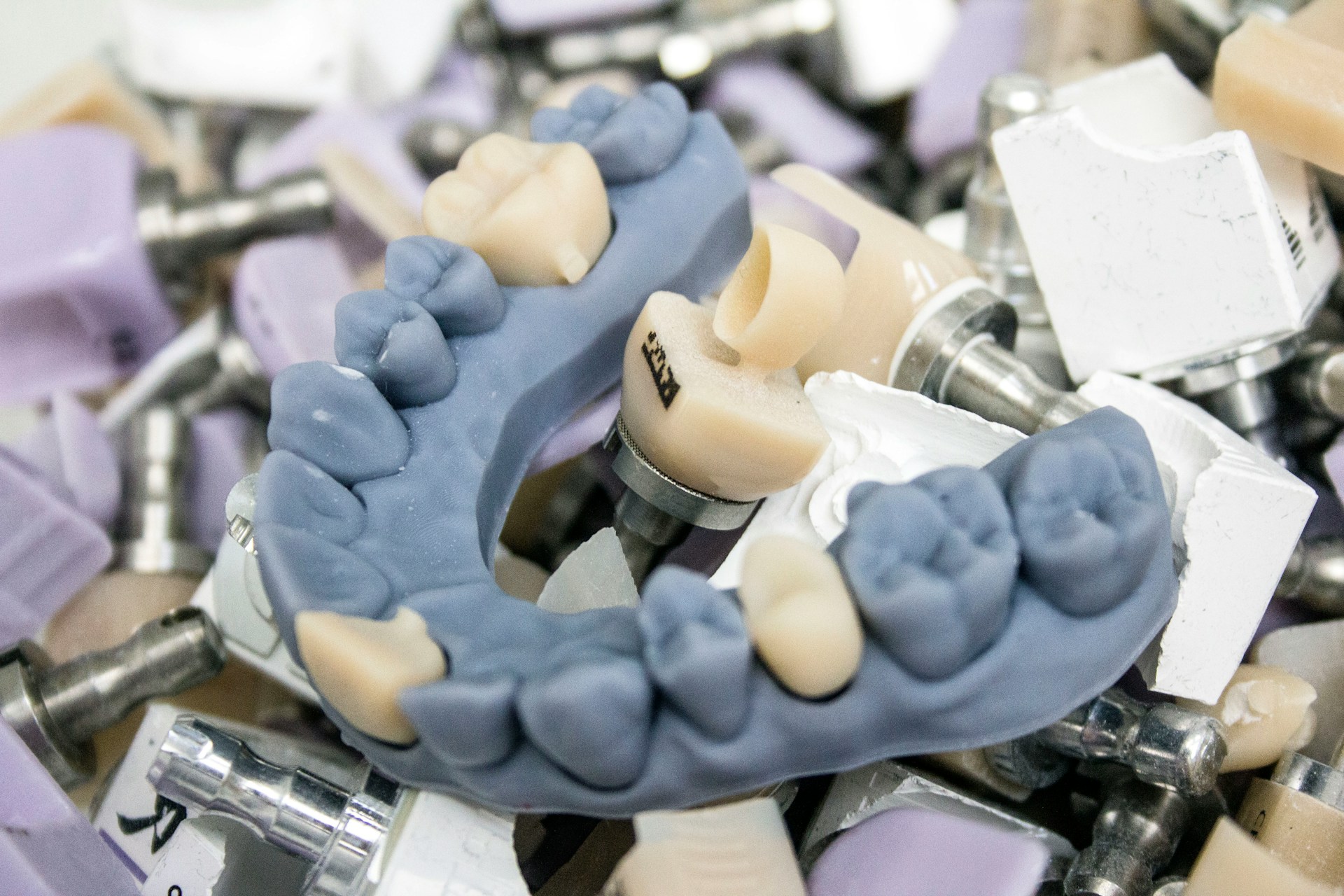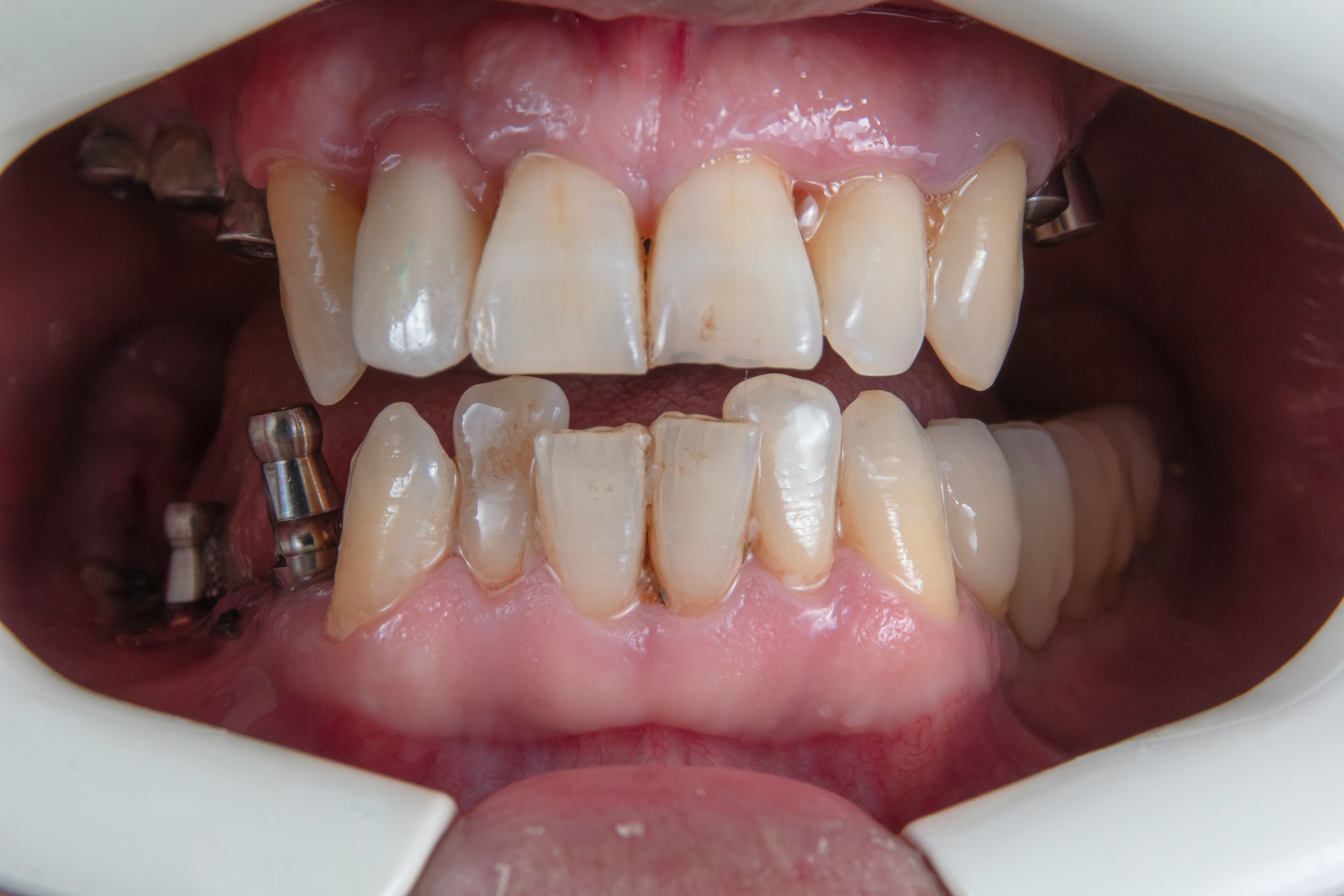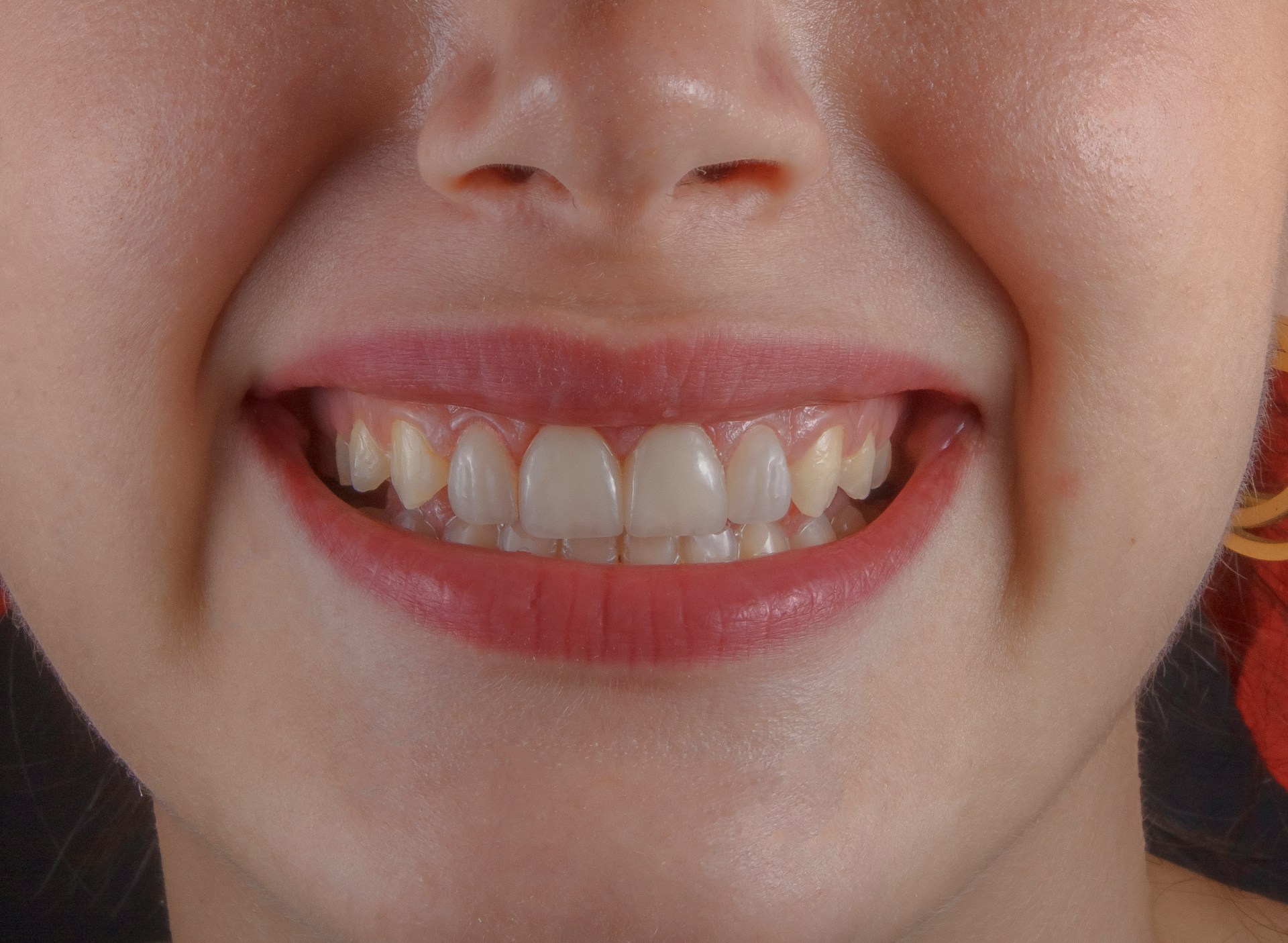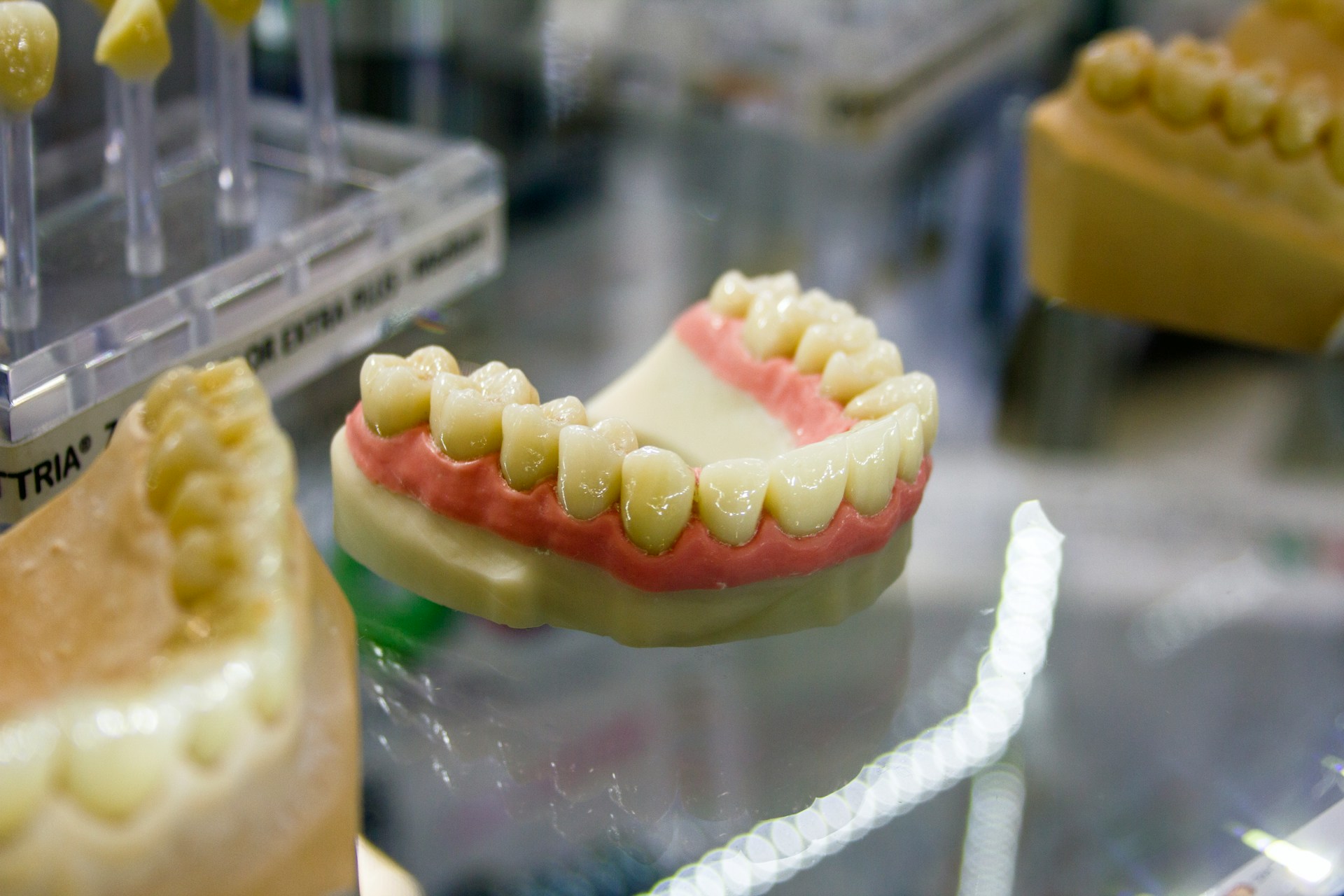Dental bonding is a widely recognised cosmetic dental procedure that can significantly enhance your smile in a relatively short period. If you are facing issues such as chipped teeth, gaps, or minor imperfections, dental bonding presents a swift and effective remedy.
This article will discuss the materials utilised in the bonding process, the steps involved, and the benefits it offers. From gaining insight into how dental bonding works to understanding how dental bonding can fix minor imperfections quickly, this guide aims to cover all the essential information you need regarding this versatile dental treatment.
What is Dental Bonding?
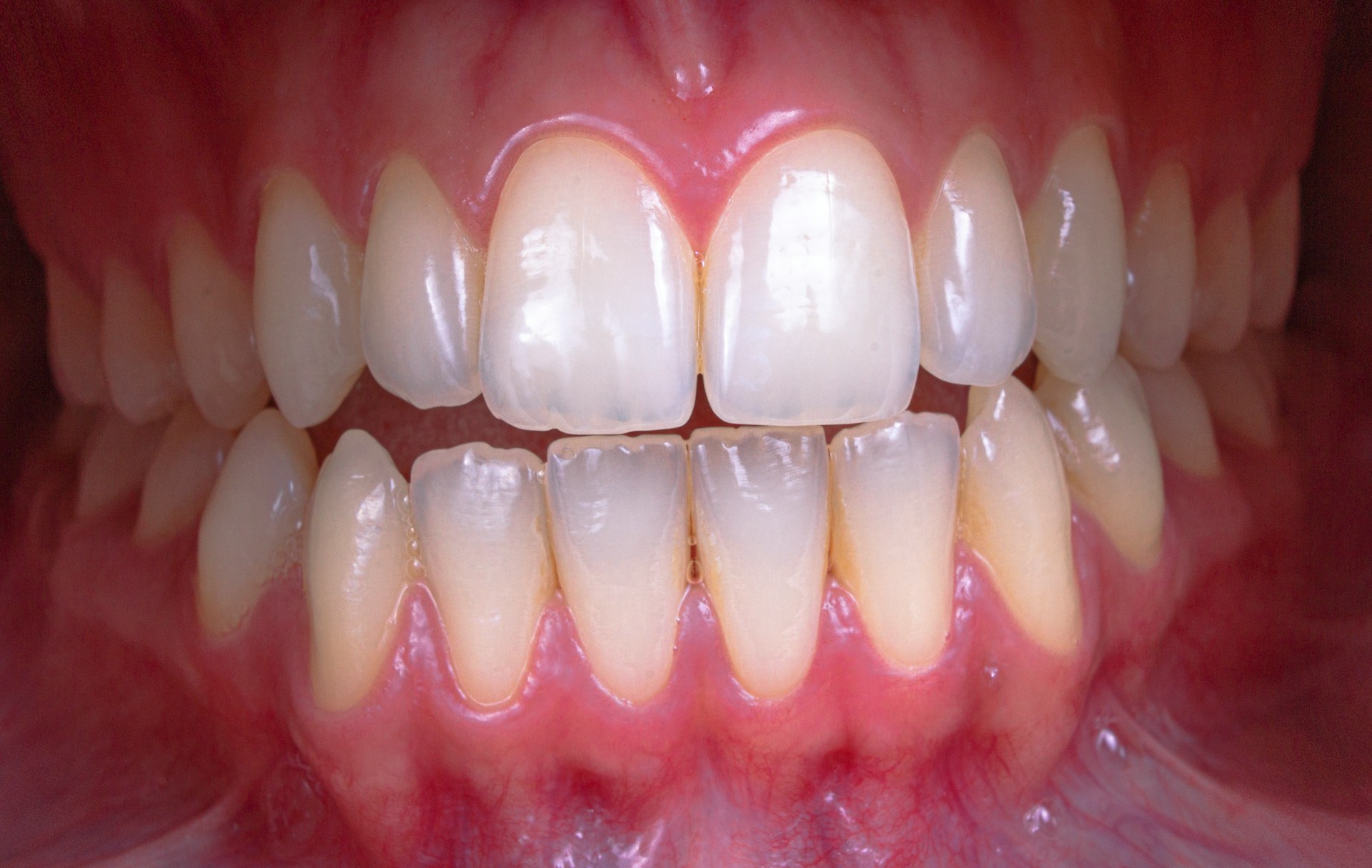
Dental bonding is a popular cosmetic dentistry procedure that involves the application of a tooth-coloured resin composite material to repair and enhance the appearance of teeth.
This technique is especially effective for addressing minor imperfections, tooth discolouration, and gaps. As a result, dental bonding significantly improves overall dental aesthetics and helps restore the visual appeal of one’s smile.
What are the Materials Used in Dental Bonding?
The materials typically used in dental bonding primarily consist of resin composite, which is known for its durability and versatility, making it suitable for various cosmetic procedures such as enamel bonding and tooth repair.
Plus resin composites, dental bonding often incorporates bonding agents that enhance adhesion to the tooth structure, ensuring that the restoration remains long-lasting and durable. These bonding agents usually comprise a primer and an adhesive, which together form a strong bond between the tooth surface and the resin material.
Among the various types of resin composites, light-cured composites are particularly noteworthy because they harden rapidly when exposed to a special light source. This quick curing time facilitates efficient treatments, which is especially advantageous in a busy dental practice.
These composites are available in a variety of shades and translucencies, allowing dental professionals to achieve seamless aesthetic results that closely resemble natural teeth.
In restorative dentistry, the effectiveness of these materials not only helps to preserve the integrity of the tooth but can also significantly enhance a patient’s smile, improving both function and appearance.
How Does Dental Bonding Work?
The dental bonding process is quite straightforward, involving a careful technique in which a dentist applies a tooth-coloured resin to the affected area. This method ensures a strong bond with the tooth structure, effectively addressing cosmetic concerns.
To initiate this procedure, the dentist conducts a comprehensive examination of the patient’s dental health. This assessment helps identify any cavities, chips, or discolourations that may need attention. Often, this initial consultation includes taking X-rays to evaluate the underlying structures.
Once the treatment plan is established, the dentist prepares the tooth by cleaning it and, in some cases, lightly etching the surface to enhance adhesion. Using modern technology, such as a dental curing light, the dentist applies the resin in layers, carefully shaping it to blend with the natural contours and aesthetics of the surrounding teeth.
The importance of precise application techniques cannot be overstated, as they are crucial for achieving both durability and a seamless finish. These factors ultimately enhance patient satisfaction and ensure that the results are long-lasting.
What are the Benefits of Dental Bonding?
Dental bonding presents several advantages, which is why it has become a popular option for those looking to enhance their smiles and improve their appearance.
The cost of dental bonding offers a budget-friendly solution that can significantly boost confidence in one’s smile, all while being minimally invasive.
Can Dental Bonding Fix Minor Imperfections Quickly?
Dental bonding serves as a practical solution for addressing minor imperfections in teeth, such as small chips or surface flaws, making it an appealing option for those looking for a swift smile transformation.
Patients often seek out this procedure to address issues like discolouration, gaps between teeth, or even slight misalignments—all of which can affect their confidence in social situations. One of the attractive features of dental bonding is that it usually requires just a single appointment, with the entire process typically taking less than an hour.
Many individuals who have experienced this treatment share positive feedback, noting how quickly the results became apparent and how natural their new smile looked. Testimonials frequently emphasise not only the aesthetic enhancements but also the significant boost in self-esteem, which makes dental bonding a favoured choice for those wishing for cosmetic improvements without the need for a long-term commitment.
What are the Common Uses of Dental Bonding?
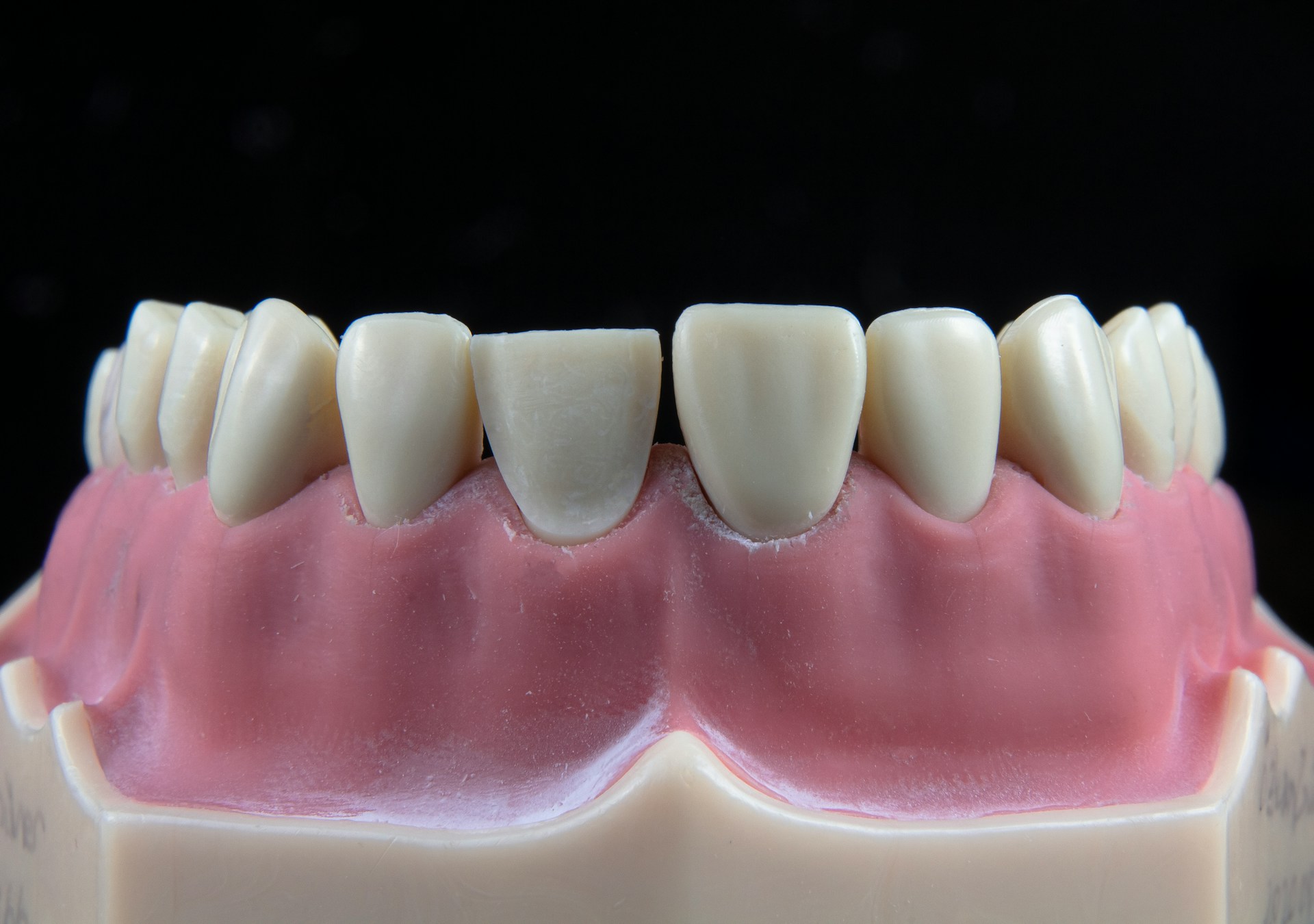
Dental bonding is frequently used to address various cosmetic imperfections, making it an important procedure in modern dentistry.
This technique is particularly effective for filling gaps, repairing chipped teeth, and enhancing overall aesthetic results.
Can Dental Bonding Fix Chipped Teeth?
Dental bonding is indeed an effective solution for addressing chipped teeth. This procedure allows dentists to sculpt a resin composite material, effectively restoring the tooth’s natural shape and structure.
During the bonding process, the dentist first selects a shade of resin that closely matches the surrounding teeth to ensure a seamless appearance. They begin by cleaning the affected area and then applying a mild acidic solution to prepare the tooth for bonding.
Once the resin is applied and moulded, a special light is used to cure and harden it. The result is typically a smooth, aesthetically pleasing finish that makes the chip nearly invisible. Patients can generally expect the durability of dental bonding to last several years, although this can vary depending on individual habits, such as grinding or staining.
When compared to other tooth repair techniques like crowns or veneers, bonding is often more cost-effective and quicker. However, it’s important to note that while bonding offers immediate results, it may not have the same longevity, so managing expectations is crucial.
Can Dental Bonding Close Gaps in Teeth?
One of the remarkable applications of dental bonding is its effectiveness in closing gaps between teeth, thereby enhancing tooth alignment and creating a more visually appealing smile. This procedure involves the use of a tooth-coloured resin, which is skillfully applied by a dentist to ensure seamless integration with the natural tooth structure.
The process includes shaping and polishing the resin to achieve a smooth finish that closely resembles the appearance of the surrounding teeth. For individuals considering dental bonding, it is crucial to undergo a comprehensive smile assessment conducted by a professional dentist.
This assessment allows for an evaluation of their specific dental situation and aesthetic goals. The insights gained from this assessment guide the overall treatment approach, ensuring that the final results not only address the gaps but also contribute to a harmonious and attractive smile.
Can Dental Bonding Change the Shape of Teeth?
Dental bonding has the remarkable ability to change the shape of teeth. Dentists use a resin composite that can be skillfully manipulated to sculpt and reshape the tooth, resulting in aesthetic improvements.
This technique not only enhances the structural integrity of the treated tooth but also adds an artistic touch to the overall dental work. By layering and blending the resin with precision, dental professionals can achieve a natural appearance that significantly enhances the visual appeal of a patient’s smile.
They match the colour and texture of the composite to the surrounding teeth, making it virtually indistinguishable from natural enamel. This careful process of tooth shaping not only boosts a patient’s confidence but also contributes to a more harmonious and attractive smile, which is why it has become a popular choice for cosmetic enhancements.
Can Dental Bonding Whiten Teeth?
Dental bonding, while not a direct method for whitening teeth, serves as an effective way to mask tooth discolouration and create a more uniform appearance, ultimately contributing to a brighter smile.
This characteristic makes it an excellent choice for individuals seeking to enhance their overall look, especially after undergoing tooth whitening treatments. Many patients express concerns about persistent stains or uneven shades that remain even after the whitening process, and dental bonding provides a practical solution to these challenges.
By applying a composite resin to the affected teeth, bonding can blend seamlessly with the surrounding enamel, effectively diverting attention from any discolourations.
This combination allows patients to achieve a more aesthetically pleasing smile, fostering a sense of confidence and satisfaction with their dental results.
What is the Process of Getting Dental Bonding?

The process of obtaining dental bonding is quite straightforward. It usually begins with a consultation with a dentist, who will assess your needs and discuss the procedure.
Following this consultation, the bonding application can often be completed within a single appointment, making it a convenient option for many patients.
How Long Does Dental Bonding Take?
Dental bonding is appreciated for its relatively swift procedure, typically lasting between 30 and 60 minutes. The exact duration often depends on the number of teeth being treated and the complexity of the bonding application.
Several factors can significantly influence this timeframe. For example, if extensive work is required—such as addressing multiple damaged or discolored teeth—the dentist may need additional time to ensure that each area receives careful attention.
The specific bonding techniques used can also impact the duration; some methods may facilitate quicker application or curing, while others might require more intricate processing.
Regardless of the time involved, one of the notable advantages of dental bonding is the minimal recovery period it entails. Patients frequently leave the practice with immediate results, allowing them to resume their normal activities without enduring prolonged discomfort or downtime.
Is Dental Bonding Painful?
Most patients find dental bonding to be a comfortable and pain-free procedure, often requiring minimal to no anaesthesia, which reduces the risk of dental bonding causing significant discomfort during the application process.
While this is typically the case, individual experiences can vary. Some patients may report mild discomfort during the preparation phase, such as etching the tooth surface, which is a minor risk of dental bonding.
Dentists typically prioritise patient comfort by explaining each step of the process and using topical anaesthetics when necessary, further minimising the risk of dental bonding complications.
How to Take Care of Dental Bonding?

Caring for dental bonding is crucial for its longevity and for maintaining overall oral health.
This care involves adhering to specific dental hygiene practices and ensuring regular dental maintenance.
What Foods and Habits Should Be Avoided After Dental Bonding?
After undergoing dental bonding, it is important to be cautious about certain foods and habits that could compromise the bonding material. Specifically, one should avoid hard, sticky, or excessively hot foods, as these can lead to tooth sensitivity or damage.
Foods such as popcorn, chewy sweets, and nuts are best left off the menu, as they can exert unnecessary stress on the bonding, potentially causing it to chip or become detached. Additionally, intense flavours and extremely cold beverages may trigger discomfort, emphasising the need to be mindful of what you consume.
Furthermore, habits such as grinding teeth or using dental bonding as a tool to open packages can undermine its integrity. To maintain the durability of the bonding, practising excellent dental hygiene—such as regular brushing and flossing—is essential.
This not only helps prevent plaque build-up and staining but also ensures that the bonding remains intact and visually appealing over time.
How Often Should Dental Bonding Be Replaced?
Dental bonding generally lasts between 5 to 10 years, although its durability can vary based on personal habits and oral hygiene practices. This makes follow-up care crucial for preserving both its appearance and functionality.
Several factors, such as smoking, can lead to discolouration and diminish the strength of the bonding, significantly impacting its longevity. Additionally, poor oral hygiene—like infrequent brushing and insufficient flossing—can result in plaque build-up, jeopardising the integrity of the dental bonding.
To extend the effectiveness of dental bonding, it is important to adopt good oral hygiene habits, avoid staining substances such as coffee and red wine, and schedule regular dental check-ups.
Educating oneself about proper care techniques can greatly enhance the lifespan and aesthetic quality of the bonding, ultimately ensuring a healthy and vibrant smile for many years.
Frequently Asked Questions: How Dental Bonding Can Fix Minor Imperfections Quickly
What is dental bonding and how does it work?
Dental bonding is a cosmetic dental procedure that uses a tooth-colored resin material to fix minor imperfections such as chips, cracks, or gaps. The resin is applied to the tooth, shaped, and then hardened with a special light, creating a strong bond that blends in with the natural tooth.
How can dental bonding fix minor imperfections quickly?
Dental bonding is a quick and simple process that can usually be completed in just one visit to the dentist. The procedure is non-invasive and does not require any anesthesia, making it a painless and efficient way to fix minor imperfections in your smile.
What are some of the benefits of dental bonding?
Aside from being a fast and easy way to improve the appearance of your teeth, dental bonding also provides a durable and long-lasting solution. The resin material is strong and can withstand daily wear and tear, making it a reliable option for fixing minor imperfections.
Can dental bonding fix more than just chips and cracks?
Yes, dental bonding can also be used to fix other minor imperfections such as discoloration, small gaps, and misshapen teeth. It is a versatile procedure that can address a variety of cosmetic dental concerns.
Is dental bonding a permanent solution?
While dental bonding is a long-lasting solution, it is not considered a permanent fix. The resin material can wear down over time and may need to be replaced after several years. However, with proper care and maintenance, dental bonding can last for 5-10 years.
Is dental bonding suitable for everyone?
Dental bonding is a safe and effective procedure for most people. However, it may not be recommended for individuals with severe dental issues or those with certain allergies. It is best to consult with your dentist to determine if dental bonding is the right option for you.

